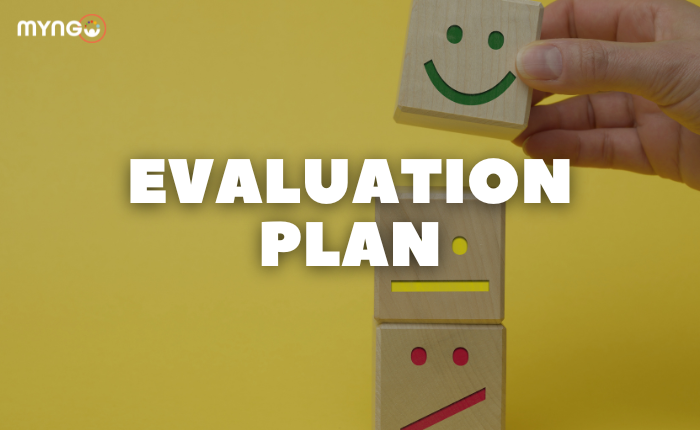
About Lesson
A well-structured monitoring and evaluation plan is essential for tracking project progress and assessing impact. This lesson will provide detailed guidance on how to develop and implement an effective monitoring and evaluation plan for your Erasmus+ projects.
Steps to Develop a Monitoring and Evaluation Plan
-
Define Objectives and Indicators:
- Clear Objectives: Define clear, specific, and measurable project objectives.
- SMART Indicators: Develop SMART (Specific, Measurable, Achievable, Relevant, Time-bound) indicators to track progress and outcomes.
-
Data Collection Methods:
- Surveys and Questionnaires: Use surveys and questionnaires to collect quantitative data from participants.
- Interviews and Focus Groups: Conduct interviews and focus groups to gather qualitative insights.
- Observation: Use direct observation to assess project activities and participant engagement.
-
Data Analysis and Interpretation:
- Quantitative Analysis: Analyze numerical data to measure progress against indicators.
- Qualitative Analysis: Interpret qualitative data to understand participant experiences and project impact.
-
Reporting and Dissemination:
- Regular Reports: Prepare regular progress reports for internal and external stakeholders.
- Final Evaluation Report: Compile a comprehensive final evaluation report at the end of the project.
-
Using Evaluation Findings:
- Adjustments and Improvements: Use evaluation findings to make adjustments and improve project activities.
- Sharing Best Practices: Share successful strategies and best practices with other organizations and stakeholders.